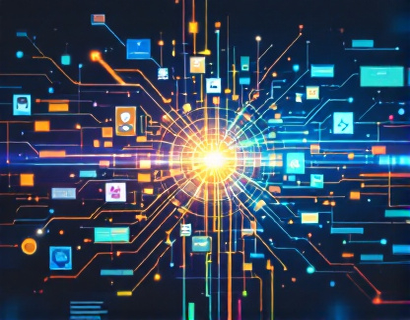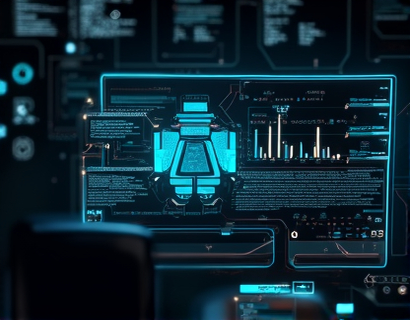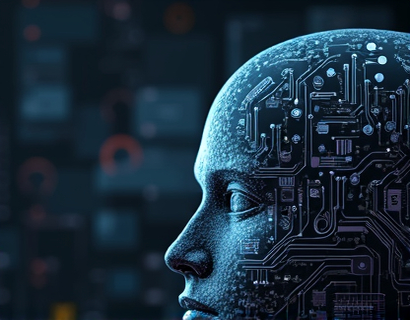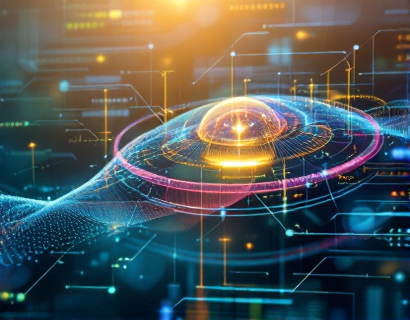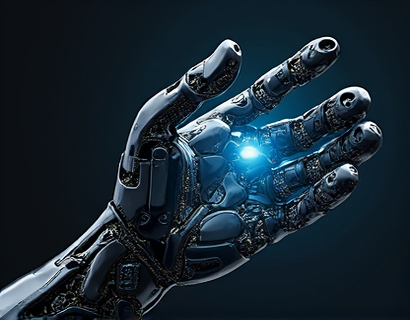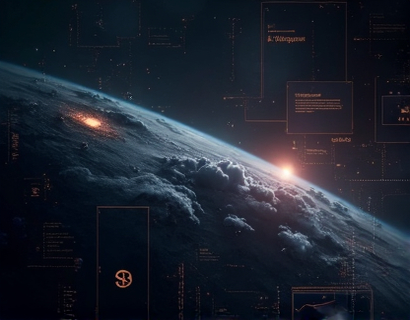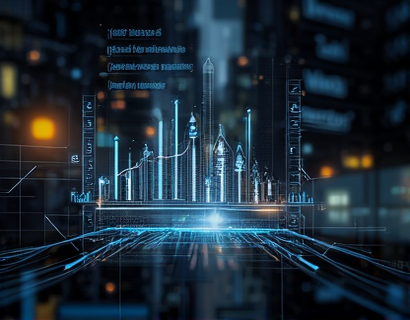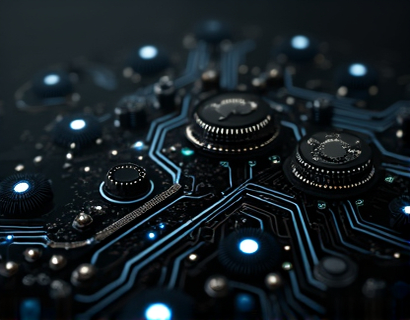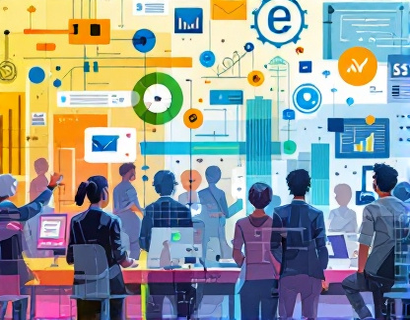Decentralized Innovation: Harnessing the Power of Crypto and AI for Next-Gen Digital Solutions
The digital landscape is undergoing a profound transformation, driven by the convergence of cryptocurrency and artificial intelligence. This synergy is giving rise to decentralized innovation, a paradigm shift that promises to revolutionize how we approach productivity and efficiency in our daily tasks. This comprehensive guide delves into the intricacies of this emerging field, exploring how the integration of crypto and AI is unlocking unprecedented opportunities for users worldwide.
Understanding Decentralized Innovation
Decentralized innovation refers to the development and implementation of technologies and systems that operate without central authority or control. This approach leverages blockchain technology, a cornerstone of cryptocurrency, to create transparent, secure, and tamper-proof networks. When combined with AI, these decentralized systems can process vast amounts of data, learn from patterns, and make intelligent decisions, all while maintaining user privacy and autonomy.
The Role of Cryptocurrency in Decentralized Innovation
Cryptocurrency, the digital or virtual currency secured by cryptography, plays a pivotal role in decentralized innovation. It serves as the medium of exchange, enabling peer-to-peer transactions without the need for intermediaries. This not only reduces transaction costs but also enhances speed and security. Blockchain, the underlying technology of cryptocurrency, provides a distributed ledger that records all transactions transparently and immutably, ensuring trust and accountability in decentralized networks.
AI and Decentralized Systems
Artificial intelligence, with its ability to analyze complex data sets and perform tasks that traditionally required human intervention, is a natural fit for decentralized systems. AI algorithms can be deployed on blockchain networks to automate processes, optimize resource allocation, and enhance decision-making. This synergy allows for the creation of smart contracts that execute automatically when predefined conditions are met, further streamlining operations and reducing the need for manual oversight.
Enhanced Productivity and Efficiency
The combination of crypto and AI is transforming productivity and efficiency in various sectors. For instance, in supply chain management, decentralized platforms powered by AI can track products from origin to destination, ensuring transparency and reducing fraud. Smart contracts can automate payments and verify compliance with contractual terms, minimizing delays and disputes. In the realm of finance, decentralized finance (DeFi) platforms offer a range of services such as lending, borrowing, and trading, all powered by AI-driven algorithms that optimize performance and risk management.
User-Centric Design and Accessibility
One of the key advantages of decentralized innovation is its focus on user-centric design and accessibility. Decentralized applications (dApps) are built to be user-friendly, ensuring that even those with limited technical knowledge can benefit from advanced technologies. This democratization of technology empowers individuals to take control of their digital lives, fostering a more inclusive and equitable digital ecosystem. Moreover, the decentralized nature of these platforms means that users are not reliant on centralized entities, reducing the risk of data breaches and enhancing privacy.
Case Studies and Real-World Applications
Several projects are already demonstrating the potential of decentralized innovation. For example, a decentralized market place powered by AI can match buyers and sellers based on real-time demand and supply data, optimizing pricing and inventory management. In the healthcare sector, blockchain-based platforms can securely store and share patient data, enabling AI algorithms to analyze this data for personalized treatment plans. Another notable application is in the field of content creation, where decentralized platforms use AI to generate and curate content, ensuring high quality and relevance while rewarding creators fairly through tokenized incentives.
Challenges and Considerations
Despite the numerous benefits, decentralized innovation faces several challenges. Regulatory uncertainty remains a significant hurdle, as governments worldwide grapple with how to govern these novel technologies. Scalability is another concern, as blockchain networks must handle increasing transaction volumes without compromising performance. Additionally, the energy consumption associated with certain blockchain protocols, particularly proof-of-work, raises environmental concerns. Addressing these issues requires collaborative efforts from developers, policymakers, and the community to create sustainable and compliant decentralized solutions.
Future Prospects
The future of decentralized innovation is bright, with ongoing advancements in both cryptocurrency and AI promising even more sophisticated and integrated solutions. The development of layer 2 protocols and cross-chain interoperability will enhance the scalability and efficiency of decentralized networks. Furthermore, the integration of AI with quantum computing could lead to breakthroughs in cryptography, making decentralized systems even more secure. As the technology matures, we can expect to see more widespread adoption across industries, driving further innovation and economic growth.
Conclusion
Decentralized innovation, at the intersection of cryptocurrency and AI, is poised to redefine the digital landscape. By leveraging the strengths of both technologies, we can create more transparent, secure, and efficient systems that empower users and foster a more inclusive digital world. As this field continues to evolve, staying informed and engaged will be crucial for anyone interested in the future of technology and its applications in everyday life.






